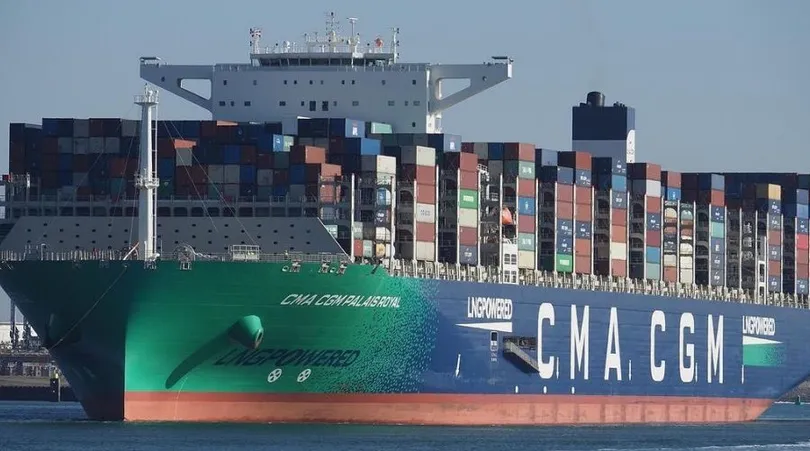he European Union (EU) has announced a sweeping package of retaliatory tariffs against the United States in response to President Donald Trump’s recent imposition of a 25% tariff on steel and aluminum imports. The move escalates already fragile trade relations between the two economic powerhouses and could have lasting consequences for global markets.
What Are the New EU Tariffs?
The EU’s countermeasure package totals approximately €26 billion ($28 billion) in new tariffs, targeting a range of American products with direct economic and political implications.
Key U.S. Products Affected by the EU Tariffs:
-
Kentucky bourbon – One of the most high-profile products targeted, impacting distilleries in Republican-leaning states.
-
Harley-Davidson motorcycles – A repeat target in previous trade disputes, impacting Wisconsin-based manufacturing.
-
Motorboats – A significant hit to the U.S. leisure industry, especially in Florida.
-
Blueberries – Affecting agricultural exports from key U.S. farming states.
-
Garden umbrellas and tablecloths – Targeting U.S. home goods exports.
-
Chewing gum, poultry, and soybeans – These items are set to face additional tariffs in a second wave of duties expected by mid-April.
Why Is the EU Retaliating?
The U.S. recently implemented a 25% tariff on European steel and aluminum imports, citing national security concerns. The EU has dismissed this justification, calling it a “protectionist maneuver” that disrupts free trade and unfairly penalizes European businesses.
The European Commission’s Trade Department released a statement condemning the U.S. tariffs:
“We regret that the U.S. has taken unilateral action against our industries under false pretenses. The EU must respond in kind to protect its economic interests and prevent further unfair trade practices.”
How the EU Strategically Selected Products
Trade experts note that the EU’s selection of U.S. goods is not random—it is designed to exert maximum political and economic pressure while minimizing damage to European industries.
-
Political Impact: Many of the targeted products originate from states with strong Republican leadership, which could put pressure on U.S. lawmakers ahead of the 2026 midterm elections.
-
Economic Impact: The EU has carefully chosen products that are non-essential to European consumers, meaning the tariffs will cause maximum disruption for U.S. exporters while having minimal impact on European buyers.
Global Reaction & Economic Concerns
The EU’s decision to escalate the trade dispute has drawn mixed reactions from global economic analysts and political leaders.
United Kingdom’s Response
While the UK is no longer part of the EU, British officials have criticized the U.S. tariffs and hinted at potential retaliatory measures of their own. Exchequer Secretary James Murray stated:
“The UK is reviewing all available options. We urge the U.S. administration to reconsider its position before it inflicts further economic damage.”
Wider Global Concerns
Nations including China, Australia, and Japan have expressed worries about the ripple effects of the U.S.-EU trade war, fearing that global supply chains could suffer disruptions.
The escalating tariffs could result in $24.5 billion in lost U.S. exports, with that figure potentially rising to $28 billion if additional tariffs take effect.
-
American businesses exporting to the EU could face major revenue losses, particularly in the agricultural and manufacturing sectors.
-
European consumers might see minor price increases on certain U.S. imports, though the EU has designed its tariffs to minimize the impact on everyday shoppers.
-
Global markets could experience increased volatility, as uncertainty over U.S.-EU relations weighs on investor confidence.
Is There a Path to Resolution?
Despite the retaliatory measures, the EU has left the door open for negotiations. European officials say they are willing to remove tariffs if the U.S. rolls back its steel and aluminum duties.
However, Trump administration officials have doubled down on the tariffs, arguing that they are necessary to protect American industry from unfair global competition.
As tensions rise, all eyes will be on upcoming bilateral trade talks scheduled for later this year. Whether the U.S. and EU can de-escalate the situation or push forward into an even more aggressive trade war remains to be seen.

